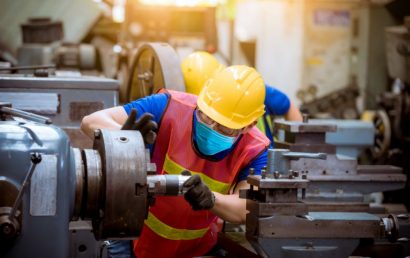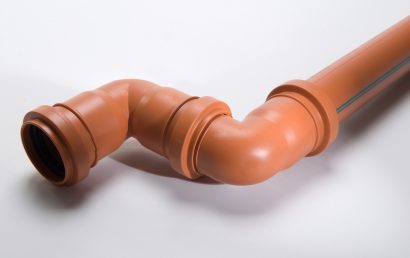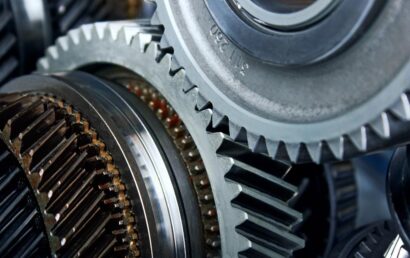Keep Critical Components Well-Lubricated And Corrosion-Resistant With Low Friction Coatings!
In days of old, what was the go-to lubrication? Grease, right? It did the job, without a doubt. But grease has a couple of downfalls, messiness being one. Today, low friction coatings are used in place of old-school greasy lube.
Parts and Grease
When, between metal machine parts, there is friction, wear is the result. To prevent this, functional oils and lubricants are used. Unfortunately, those types of lubricants attract dust, debris, and dirt. This results in the formation of lumps and a resinous mess, over time. So, intense cleaning must be done for the parts to continue to be usable.
All of the above leads to machine breakdowns, polluting waste, greater resource consumption, and more frequent maintenance. This entire situation begged a better way of preventing against corrosion and lubricating parts with a functional coating that was not related to grease or oil. The coating needed to be suitable for metal alloys like magnesium, aluminum, and steel.
Enter low friction thermal spray coatings.
Thermal Spray Low Friction Coatings
The structure and composition of bonded coatings make them truly special. Into a binder, pallet-like particles and pallet-like solid lubricants are incorporated. This provides a “roof tile pattern” made by the well-ordered structure and arrangement of the various particles used, when applied to a surface.
Simply put, a transfer film of sorts is formed between the object in question and the low friction coating. Now, with a minimum of friction, the surfaces can slide as needed. Barrier and low friction sliding are provided by the roof tile structure because an exceptionally low coefficient of friction is possessed thanks to the mixture ratio used. A higher coefficient of friction would result if a solid lubricant was used.
Friction Reduction and Much More
Not only is freer sliding with lower friction provided, these coatings form a barrier which fights against corrosion because the coating prevents salts or moisture from penetrating metal surfaces. The application of this bonded coating can be executed through common wet chemistry processes: i.e. dipping or spraying.
The Future of Coatings
Coatings that are classified as low friction already exist. But that’s just not enough in many cases! Scientists are currently at work to develop bigger and better corrosion protection coatings, antimicrobial coatings, printed electronics, CIGS solar cells, conducting and transparent layers, and more.
Low Friction Versus Nonstick
Low friction is not the same as nonstick. However, they are frequently, but mistakenly, interchanged. If nonstick properties are required of a surface, a good choice would be a nonstick coating. This type of coating provides release.
Friction is the resistance force created when two objects rub against each other. In this case, more energy is needed for the parts to start or continue operation. To assist that movement but reduce wear, an anti-friction or low friction coating would be used – not a nonstick coating. The specialists at A & A Coatings are familiar with the most modern approved coatings for the protection of metal parts and other surfaces.
Our research and development department is constantly on the lookout for bigger and better methods through which to protect components, machinery, parts, and surfaces. The use of today’s protective coatings not only helps to reduce or eliminate downtime and maintenance, it can improve a company’s bottom line. If you would like to talk to one of our experienced, knowledgeable experts, contact us today at A & A Coatings.



